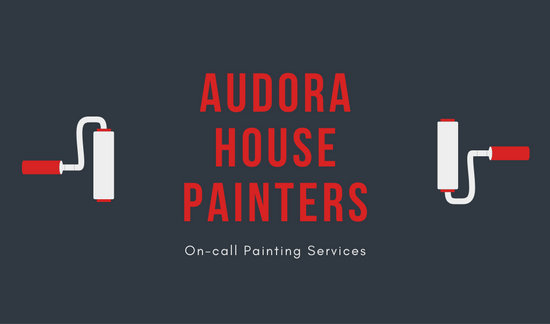Understanding Seasonal Influences On Commercial Exterior Paint: Important Expertise For Success
Understanding Seasonal Influences On Commercial Exterior Paint: Important Expertise For Success
Blog Article
Web Content Author-Regan Chaney
When you're preparing an industrial exterior paint project, seasonal variables can make or break your outcomes. You'll want to take into consideration how temperature level and moisture influence paint application and drying times. Picking the best season can guarantee your paint adheres correctly and lasts longer. Yet which seasons are truly the best for this type of work? Let's explore the crucial elements that can impact your project's success.
The Effect of Temperature Level on Paint Application
When you're preparing an industrial external paint task, the temperature can significantly affect just how well the paint adheres and dries.
Preferably, you want to paint when temperature levels vary in between 50 ° F and 85 ° F. If it's as well cold, the paint might not treat appropriately, bring about concerns like peeling off or breaking.
On the other side, if it's also hot, the paint can dry out as well rapidly, stopping proper attachment and resulting in an unequal surface.
You must additionally take into consideration the time of day; early morning or late afternoon provides cooler temperatures, which can be extra favorable.
Constantly check the manufacturer's recommendations for the particular paint you're using, as they commonly provide advice on the suitable temperature level array for optimal results.
Moisture and Its Effect on Drying Times
Temperature level isn't the only ecological aspect that affects your industrial exterior painting task; moisture plays a substantial duty as well. High humidity levels can reduce drying times dramatically, impacting the general quality of your paint job.
When the air is filled with wetness, the paint takes longer to cure, which can lead to problems like bad adhesion and a greater danger of mold growth. If you're painting on a particularly humid day, be gotten ready for extensive wait times between layers.
It's essential to keep an eye on local climate condition and plan as necessary. Ideally, aim for humidity levels in between 40% and 70% for ideal drying out.
Keeping please click the next document in mind ensures your project remains on track and provides a long-term finish.
Best Seasons for Commercial Outside Painting Projects
What's the most effective time of year for your business exterior paint projects?
Springtime and very early loss are generally your best choices. Throughout these seasons, temperatures are mild, and humidity degrees are often lower, creating suitable conditions for paint application and drying out.
Avoid summer's intense heat, which can cause paint to dry also quickly, resulting in bad attachment and finish. Similarly, wintertime's chilly temperatures can prevent appropriate drying out and healing, running the risk of the durability of your paint job.
Aim for days with temperatures between 50 ° F and 85 ° F for optimum results. Bear in mind to examine the local weather report for rain, as wet conditions can wreck your task.
exterior painting house around these variables guarantees your paint task runs smoothly and lasts longer.
Final thought
Finally, preparing your commercial outside painting tasks around seasonal factors to consider can make a significant difference in the result. By organizing work throughout the excellent temperature levels and moisture levels, you'll make sure much better attachment and drying out times. Remember to watch on regional weather forecasts and select the right time of year-- spring and very early fall are your best choices. Taking these actions will assist you attain a long lasting and expert surface that lasts.
